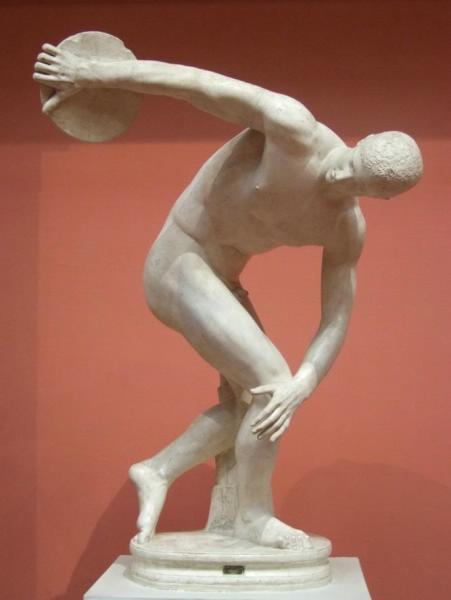Ancient Greece gave the world great ancient art. A sense of proportion, harmony, and symmetry was inherent in the attitude of the ancient Greeks. The ancient Greek art style was not conceived otherwise than as an ensemble: architecture, sculpture, vase painting, painting, and applied arts complemented each other, creating an artistic image of the era.
Artists comprehended beauty by studying the human body. In its structure and movements, they discovered patterns of proportions, rhythm, and balance.
Sculptures, one of the main forms of ancient Greece artwork, are the classic and primary art forms of Ancient Greece. The main method of artistic generalization in ancient Greek sculpture was idealization. The human form, raised to a beautiful form, was almost the only theme of the Greek art style.
Idealization made it possible for the Greek sculptors to embody the perfect forms in which they represented their gods. The gods were always depicted naked, their perfect corporality was an image for the citizens of ancient policies to imitate.
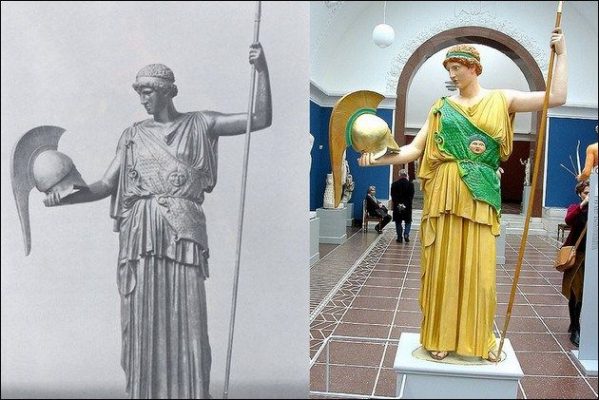
The ancient Greek art style is distinguished by a joyful, bright, curious attitude to life. The world of art was joyful and bright, like a mezzanine of the human world, similar to it, but more perfect. As in Greek mythology, similar to them, but more perfect Olympian deities live next to mortal people. So in reality, the citizens of ancient Greece constantly came into contact with the society of gods and heroes, sculpted from marble and cast from bronze.
A 25-year study by a team of international scientists applied various technologies and ultraviolet light to the statues to analyze the smallest traces of paint on them and then recreate polychrome versions. Marble was considered a canvas, not a finished product for sculpture. It was carefully selected and then often dyed in gold, red, green, black, white, brown, and other colors. Against the background of the blue sky of Hellas, all this looked very festive.
Sculpture as a form of art in Ancient Greece was closely associated with architecture. She usually adorned religious complexes and pediments of buildings. The painting was also intended to decorate architecture – walls, reliefs, and statues were painted.
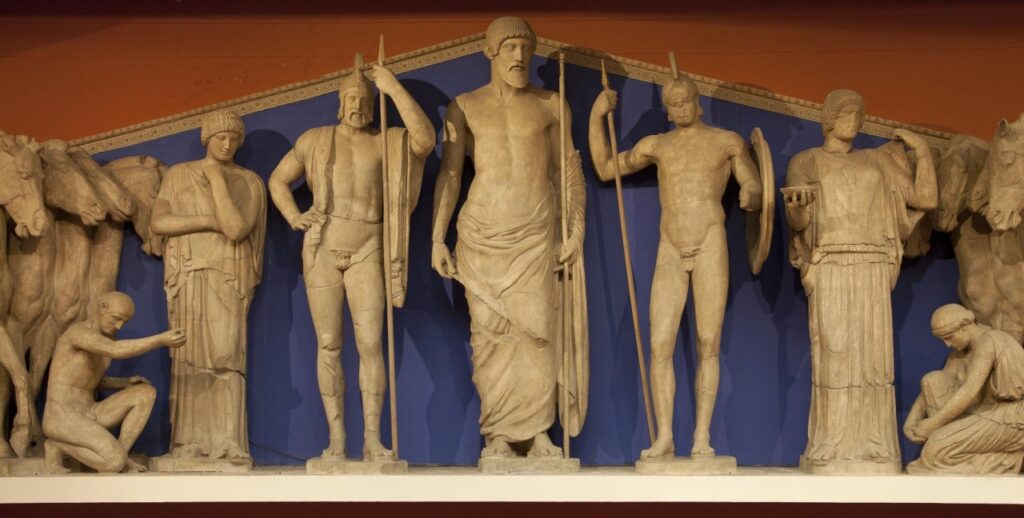
An outstanding architectural monument of art in ancient Greece was the majestic ensemble of the sanctuary of Zeus in Olympia (468 – 456 BC). Its pediments and friezes were finished with marble. Here was the famous statue of Zeus made of gold, ivory, and wood by Phidias. It was considered one of the Seven Wonders of the World.
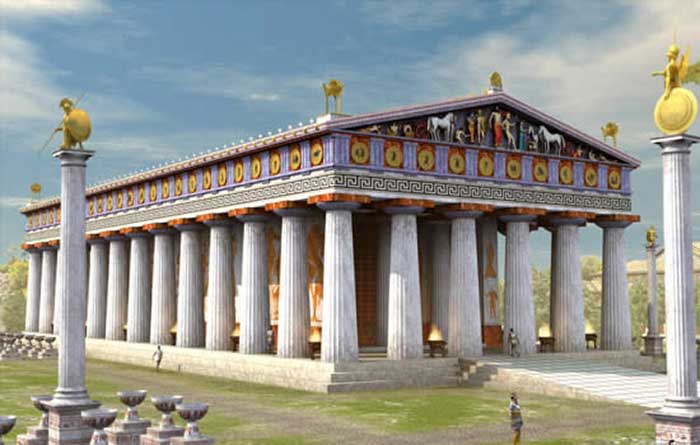
The Athenian Acropolis was admired not only by the Greeks but also by neighboring peoples. The hill where it stands is very high and steep, with sheer cliffs on three sides inaccessible to climb. The architects used the entire surface of the hill to create a unique ensemble. The Acropolis was a fortification, a sanctuary, and a social center. The state treasury was kept here. The library and the pinakothek (repository of works of ancient painting) were also placed in the temple. One of the symbols of art in ancient Greece, a true architectural masterpiece is the Parthenon. This is the main temple of the Acropolis, dedicated to the patroness of the city, the goddess Athena Parthenos.
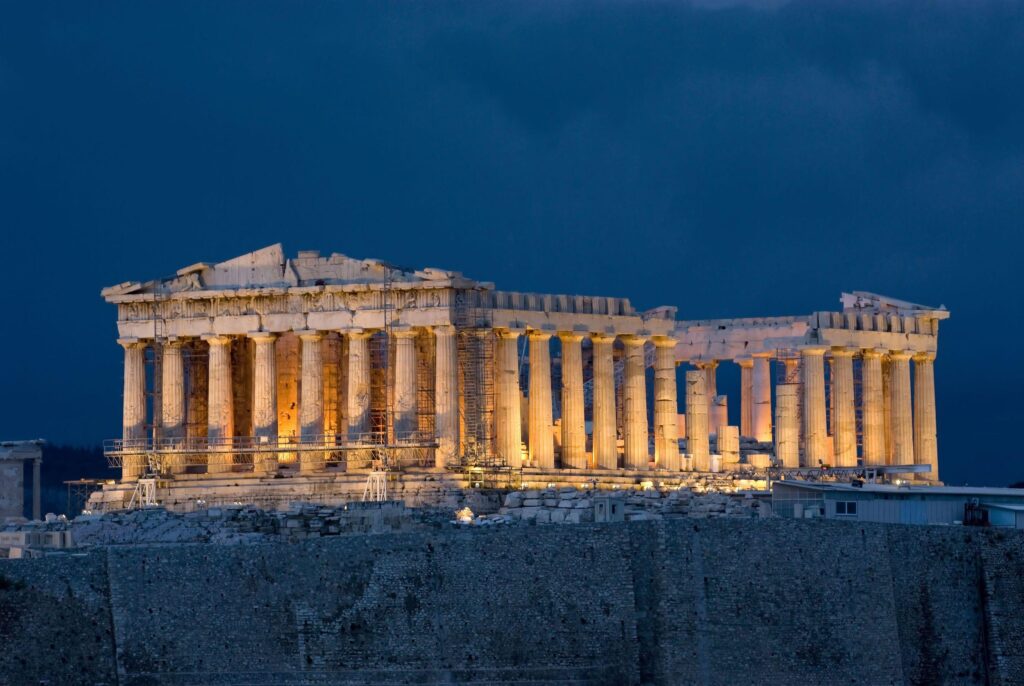
Despite the huge number of statues in Greece, they have only partially survived to our time. But each ancient Greek sculpture is endowed with a mystery that still attracts.






